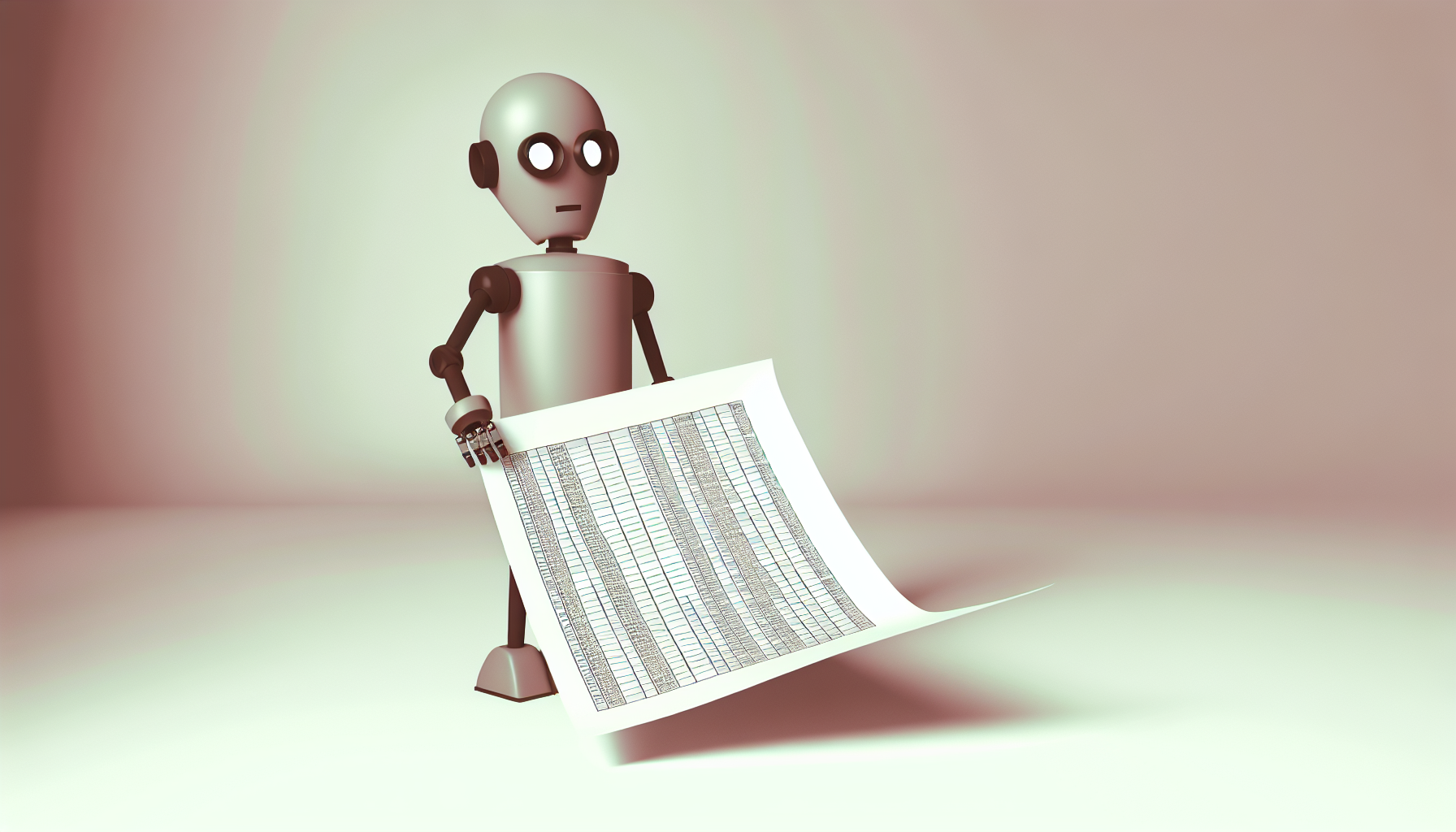AI is like that friend who takes everything literally. You ask it to open up about feelings, and it hands you a spreadsheet with a perplexed look on its virtual face. As we advance in the capabilities of artificial intelligence, the question of whether machines can truly understand or mimic the complexities of human emotions grows ever more intriguing—and a bit amusing. Today, let’s ponder over AI, empathy, and the mechanization of human emotions.
Can Machines Really Understand Us?
First things first: empathy. It’s that knack for feeling what someone else is going through, often resulting in a well-timed hug or a sympathetic ear. Humans excel (most of the time) at it. But when it comes to AI, can our silicon-based creations really understand us on a personal level, or are they just faking it?
Let’s be clear: empathy requires experiencing a shared emotion, a kind of emotional resonance. For humans, it’s as natural as binge-watching your favorite series. However, AI, despite its advanced processing power, lacks the biological infrastructure to feel. It has no neurons firing in sorrow or joy, no heart racing in thrill or despair. It’s essentially like asking your toaster how it feels about bread—it simply processes data.
The Illusion of Empathy
Despite this, AI can mimic empathetic behavior convincingly. Think about chatbots that respond to your rants at 3 AM. They’re programmed to simulate listening and provide canned empathetic responses designed to make users feel heard. It’s a performance, almost Shakespearean in nature. The bard might appreciate the irony—a bit like an actor playing Hamlet, but without the existential angst.
This brings us to a curious crossroads. AI could create the illusion of empathy, providing comfort without consciousness. It might seem enough to have a machine nod along, robust algorithms predicting grammar pauses that an empathetic friend would naturally offer. Yet, it’s akin to petting a very lifelike cat robot; it’s warm, it purrs, but it won’t chase a real mouse.
Empathy as a Tool
Crucially, this ability to simulate empathy isn’t just for party tricks on the tech circuit—it’s being put to serious use. In healthcare, AI systems can monitor patient emotional states, offering insights that could preempt mental health crises. In education, an AI companion might support students struggling with learning difficulties, furnishing an understanding presence they may otherwise lack.
The trick lies in understanding that AI doesn’t need to feel to be helpful. Like an omniscient but indifferent entity, it sifts through data, recognizing patterns, and generating responses based on those patterns. That’s valuable, no doubt. Nevertheless, the fact remains: this is a tool. And here lies both its strength and limit.
The Ethics of Emotional Machines
Importantly, as AI’s emotional capabilities evolve, we need to discuss the ethics. Machines that mimic emotions could be deployed in countless scenarios: customer service, therapy, even companionship. But is it ethical to allow machines to pretend, potentially leading vulnerable people to attribute more warmth and sincerity to these interactions than is warranted?
One might argue that sometimes the illusion is worth it, especially when no better option exists. If a grieving person finds solace in an empathetic-sounding AI, is it any different from talking to a comforting pet? Yet, the risk is slippery—how do we ensure users remain aware of AI’s emotional limitations? Do we owe transparency, always reminding users of the observed gulf between simulation and sincerity?
Emotion: The Ever-Human Frontier?
So, where does this leave humanity on the empathy front? Are we destined to be outmatched by machines even in the emotional arena someday? Not entirely. Despite advances, emotion—rooted in human experience, context, and shared history—may remain our last great realm of mystery. Machines can learn a great deal from data, but they cannot feel the sting of loss or the euphoria of a first kiss. They can process scenarios but not truly live them.
In light of AI’s limitations and its capacity to augment human shortcomings, perhaps the real takeaway is not that machines will replace human empathy but supplement it where it is lacking. It might free us, in some way, to focus on giving our empathy where it is needed most—human to human.
Laughing with the Machine
We often associate machines with cold logic, but one can’t help but chuckle at the notion of a machine erratically trying to comfort a crying human, handing over a pixelated tissue from its metaphorical screen. There’s an absurdity in imagining our created algorithms attempting heart-to-heart talks.
Yet, here we stand at the precipice of a future where our inventions could become an emotional crutch—awkward, arduous, yet almost charming in their efforts. Why charming? Because like a parent patiently listening to a child’s nonsensical stories, we watch as AI struggles with our most uniquely human dilemmas: emotion, meaning, and the inexplicable beauty of empathy.
In the end, perhaps understanding AI isn’t about pondering an end to human emotions but recognizing this addition to the ongoing conversation. So here’s to our peculiar compatriots, erring in empathy but widening the horizon for how we might better understand one another in the process.

Leave a Reply